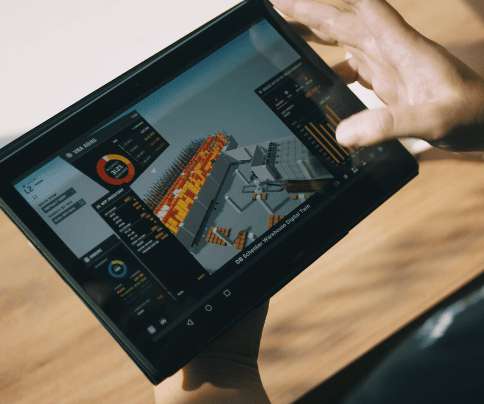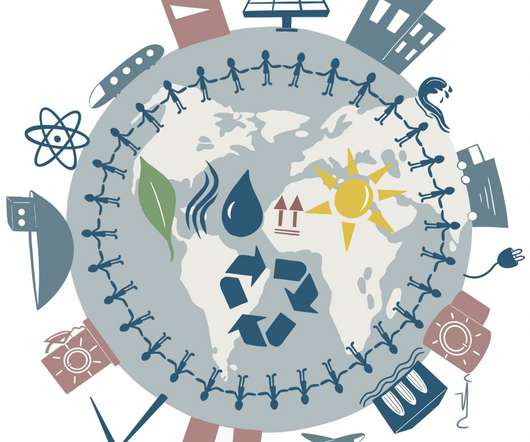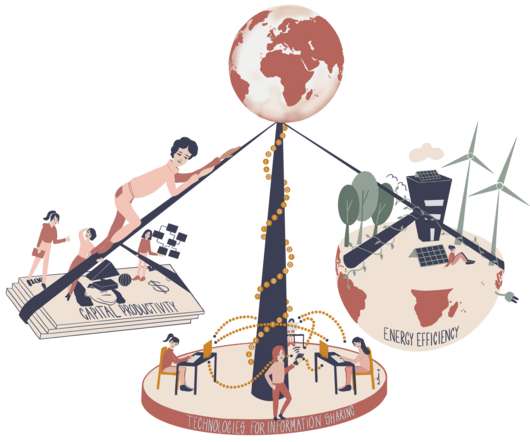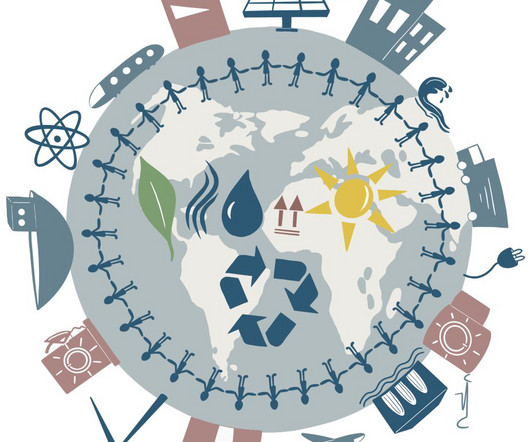The Green Corridor: Digitise Wisely to Reduce Emissions
The Logistics & Supply Chain Management Society
FEBRUARY 16, 2023
It allows for better tracking of cargo and people in airports, enhanced security, and enhanced safety – just to name a few. These applications translate ultimately to less down time, less distance travelled, less misrouted cargo, less idle time at the airport, and less flight time circling over the airports, waiting in line to land.



















Let's personalize your content